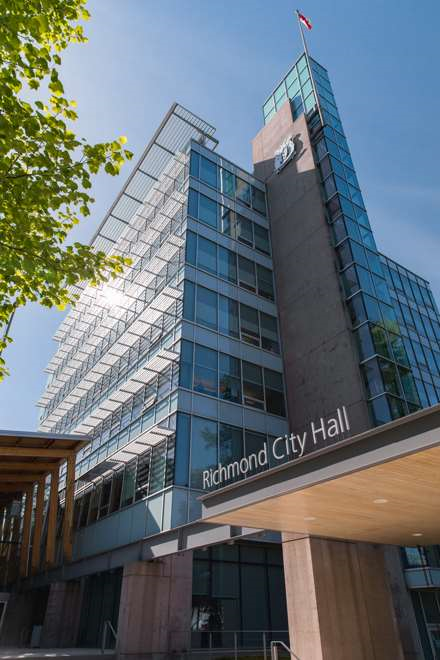When I began working at the Richmond News (about 15 years ago now), we joked about how everyone at City Hall seemed to have a tick that forced them to end their sentences with “…and it will help address affordable housing.”
Be it building the Canada Line, opening the River Rock Casino, or lobbying for the Olympic Oval, all would in some way, somehow create more reasonable rent and housing prices in Richmond.
City staff and politicians seemed keen to signal to the community they knew there was problem and were dealing with it.
But “signaling” and “dealing with” are two different things. (As our Prime Minister had to be reminded of last month after getting flack for vacationing in Tofino on the National Day for Truth and Reconciliation.)
So here we are many years later and the average rent for a one-bedroom apartment in Richmond is $1,629, according to a July report by Rentals.ca and Bullpen Research & Consulting.
Meanwhile, a single person on disability gets $1,358. Add to that a rental vacancy rate of 1.7 per cent and clearly all those strategies haven’t quite panned out.
Even more concerning, we don’t seem to be learning.
Richmond’s main modus operandi to increasing affordable housing has been to cajole developers into designating a small percentage of their units affordable.
That happened, yet again, this week when city council voted to require developers in the city centre area to ensure 15 per cent of the units are affordable — up from 10 per cent. (See page 14.)
That’s great, at least it can’t hurt, but that kind of tweaking clearly is not delivering the numbers we need.
One catch has been developers would consistently agree to the terms then, near completion, opt to just give the city a wad of cash instead. This meant multiple years into their affordable housing strategy, Richmond had a pot of money, but still almost no new affordable homes.
Granted, a chunk of that money was used to build Storeys as well as the Kiwanis Towers, both subsidized housing developments, but demand has long outstripped supply. (If you go on the Kiwanis Towers website, the first thing you’ll read in big red letters is, “not accepting applications.”)
And it’s not like homes aren’t being built. In just the first six months of 2021, 850 new, market (read expensive) homes came online in Richmond.
I recognize that the affordable housing crisis is a result of numerous factors, many beyond the scope of any one city council. But what is within every council’s scope is the ability to be innovative and responsive.
Moreover, if there is one thing we know about really big problems, be they affordable housing, climate change or the pandemic, it is they have to be tackled on multiple fronts.
So what’s with the city’s refusal (reluctance) to get behind the Caring Place’s proposal to build two towers of affordable housing on city-owned property at Granville and Minoru?
In Vancouver, this kind of arrangement has been in operation for a few years now and has yielded multiple housing co-ops and purpose-built rentals.
Another one of the city’s refrains is that housing is a provincial issue. True enough, but as a developer of non-profit housing said, (page 14) the province only jumps in when it sees commitment at the local level.
It may be there’s a fatal flaw with the Caring Place proposal. But it may be there’s a fatal flaw in thinking we can ensure housing for all with business as usual.
Quibbling over 10, 15, even 20 per cent is simply tweaking a housing market that has already proven itself incapable of providing an adequate supply of affordable housing.
It’s time for bold ideas. Anything short of that can help and may make some people feel good about themselves, but won’t crack the back of this housing beast.



